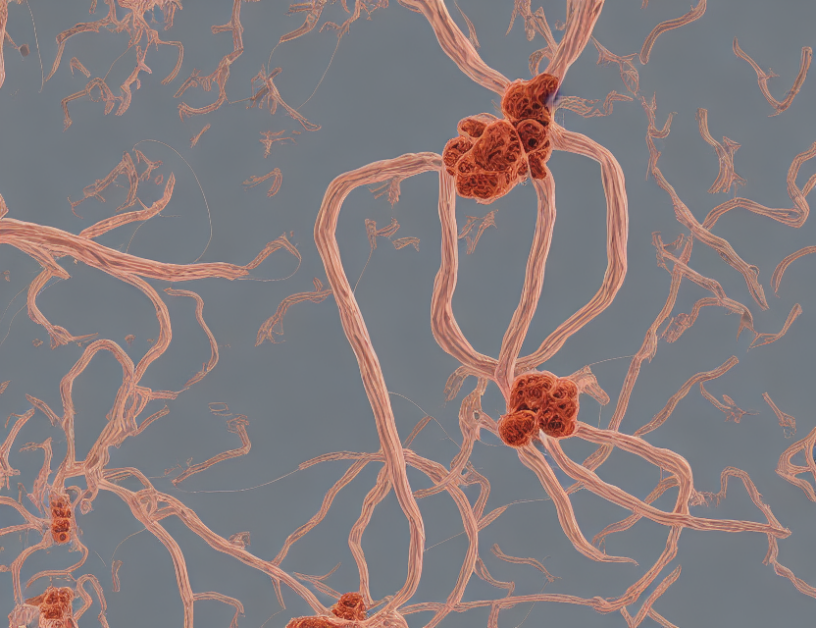Morphological algorithms are a crucial component in analyzing eye images. These operations are based on the shape of the image and are usually performed on binary images. The process involves two inputs, including the original image and a structural element or kernel that determines the nature of the operation. In this article, we will delve into the world of morphological algorithms and demystify their complex concepts by using everyday language and engaging metaphors.
Firstly, let’s understand the importance of normalizing eye images before applying morphological algorithms. Images captured under different lighting conditions or with varying degrees of overexposure can have inhomogeneities resulting from camera-generated descriptions or lighting inhomogeneities at the edges of the area captured by the camera. To address these issues, a process called normalization is necessary to ensure that all images are processed equally. This step involves adjusting the color saturation to eliminate artifacts and enhance the overall quality of the fundus image.
Once the images are normalized, the next step involves applying morphological algorithms to detect blood vessels and other features within the eye. The algorithm begins by defining a radius for the registration area and then assigns zero values to the area outside this range. This process helps remove edge effects and enhance the overall quality of the image.
Now, let’s dive into the fascinating world of morphological algorithms! In this section, we will explore how these algorithms work by using engaging metaphors and analogies. Imagine a cookie cutter with different shapes, such as circles, squares, or triangles. By applying these shapes to an image, you can remove unwanted parts, much like cutting off the edges of a cookie. Similarly, morphological algorithms use structural elements or kernels to remove similar-shaped areas from the image, effectively removing inhomogeneities and enhancing the overall quality of the fundus image.
The next section will delve into the various morphological operations used in eye imaging. We will explore how these operations are applied to the image and their significance in detecting blood vessels and other features within the eye. For instance, erosion is like a gentle rain that removes small areas of the image, while dilation is like a powerful storm that expands the image by adding new details. By carefully selecting the appropriate operation based on the image’s requirements, these algorithms can help enhance the quality of the fundus image and detect hidden features within the eye.
In conclusion, morphological algorithms are an essential component in analyzing eye images. By normalizing the images and applying various morphological operations, these algorithms can help remove inhomogeneities, enhance the overall quality of the fundus image, and detect blood vessels and other features within the eye. Throughout this article, we have used engaging metaphors and analogies to demystify complex concepts and provide a comprehensive overview of morphological algorithms in eye imaging.
Electrical Engineering and Systems Science, Image and Video Processing
Automatic Diagnosis of Fundus Lesions Using Morphological Operations and Thresholding



